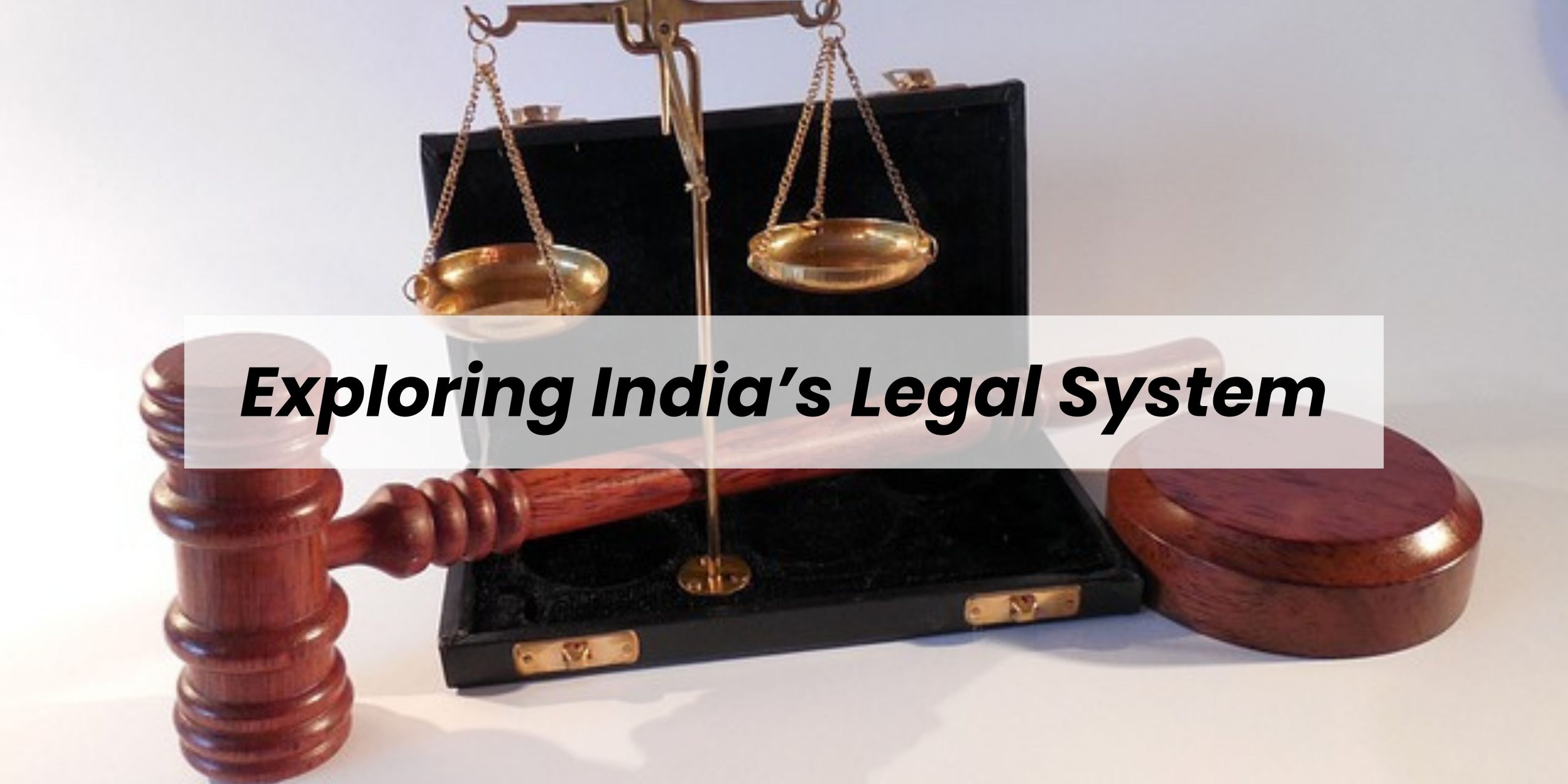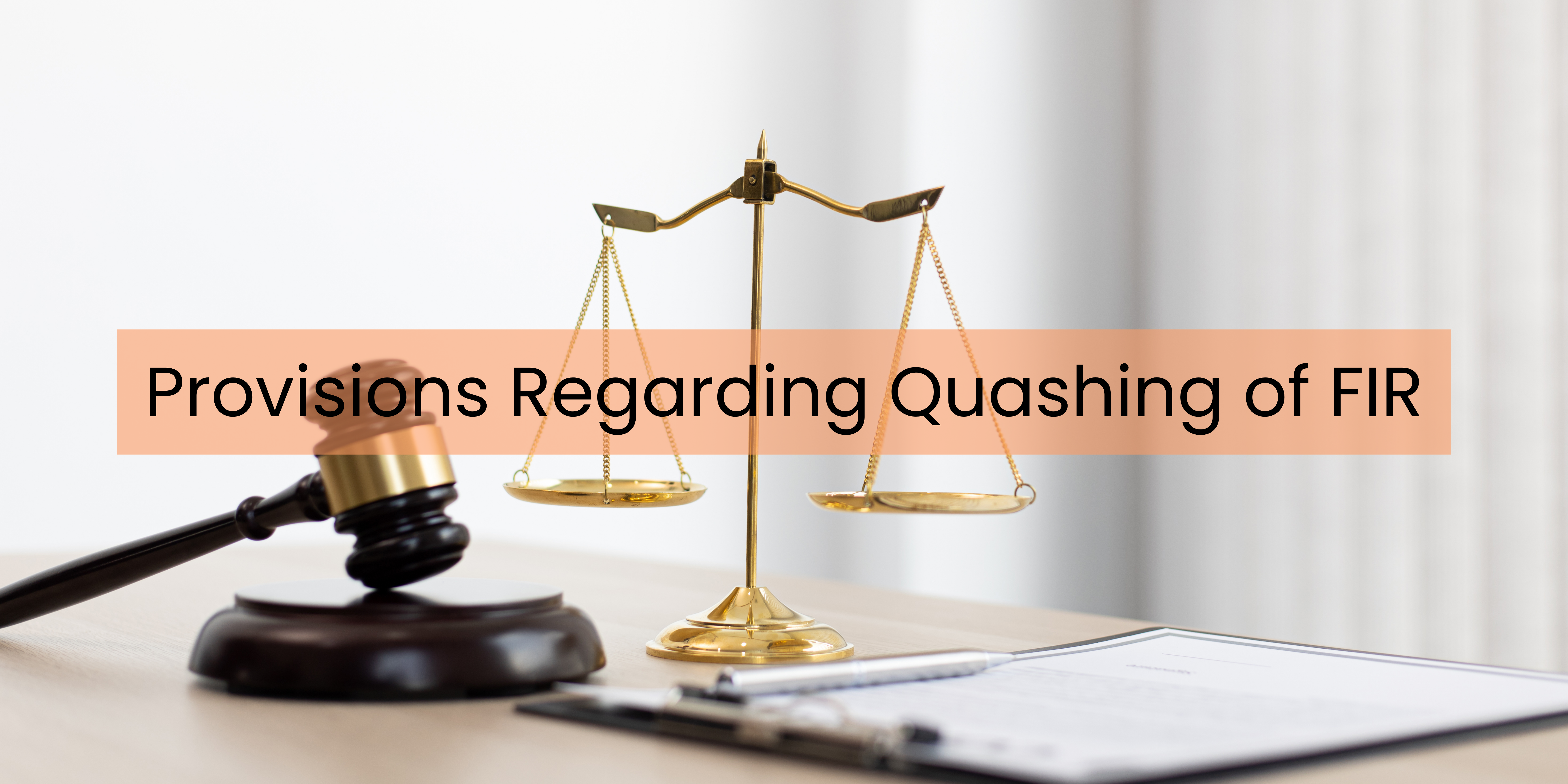In the diverse nation of India, the legal system plays a pivotal role in maintaining order, justice, and harmony among its different cultures, languages, and traditions. For beginners, comprehending the structure of courts and the legal hierarchy can be a complex task. However, exploring this system can deepen our understanding of how justice is administered throughout the country. This article provides a detailed overview of India’s legal system, focusing on its key components, functions, and significance.

Understanding India’s Legal System:
In India, the legal system is primarily based on the English common law model. It consists of three principal tiers: the Supreme Court, High Courts, and Subordinate Courts.
1. Supreme Court of India:
At the apex of the hierarchy stands the Supreme Court of India, situated in New Delhi. Serving as the highest judicial authority in the country, it holds immense significance. The Supreme Court handles appeals from High Courts, resolves disputes between States or between the Centre and States, interprets the Constitution, and safeguards fundamental rights. Its primary functions include:
(a) Constitutional Interpretation: The Supreme Court diligently interprets the Constitution to ensure that laws and governmental actions align with its provisions. By acting as the guardian of the Constitution, it safeguards fundamental rights.
(b) Appellate Jurisdiction: One of the critical roles of the Supreme Court is to hear appeals from various High Courts. It adjudicates on matters involving significant legal questions of national importance.
(c) Advisory Role: The Supreme Court has the authority to offer opinions to the President of India on issues of public importance or matters referred to it under Article 143 of the Constitution.
The Supreme Court consists of the Chief Justice of India and a maximum of 34 judges. Its decisions have a profound impact, setting precedents and guiding lower courts across the nation.
2. High Courts:
Each state in India possesses its own High Court, functioning as the highest judicial body within its jurisdiction. High Courts exercise oversight over subordinate courts within their respective states. Some key aspects of High Courts and their jurisdiction include:
(a) Appellate Jurisdiction: High Courts possess the power to hear appeals from subordinate courts, tribunals, and quasi-judicial bodies within their territorial limits.
(b) Original Jurisdiction: High Courts wield original jurisdiction in matters such as writ petitions, admiralty jurisdiction, and company law matters. They are authorized to hear cases without any prior hearing in other courts.
(c) Supervisory Role: High Courts exercise superintendence over lower courts and tribunals within their jurisdiction. Through issuing directions, writs, or orders, they ensure the proper administration of justice.
The appointment of judges, including the Chief Justice, in High Courts is made by the President of India in consultation with the Chief Justice of India and the respective state’s Governor.
3. Subordinate Courts:
Below the High Courts, a hierarchy of subordinate courts exists, encompassing District Courts, Sessions Courts, and lower tribunals. District Courts handle both civil and criminal cases at the district level, while Session courts primarily deal with serious criminal offenses. Additionally, specialized tribunals and forums resolve specific matters, including labor disputes, taxation, and administrative issues.
(a) District Courts: District Courts, situated at the district level, represent the primary tier of subordinate courts. They hold jurisdiction over both civil and criminal cases within their territorial limits. Civil cases involve disputes related to property, contracts, family matters, and civil rights issues. Criminal cases range from minor offenses to serious crimes that are not exclusively handled by Sessions Courts.
(b) Sessions Courts: Sessions Courts focus mainly on severe criminal cases. Presided over by a Sessions Judge, they conduct trials for offenses punishable with imprisonment for more than seven years. Sessions Courts also handle appeals from Magistrate Courts and certain civil cases.
(c) Specialized Tribunals and Forums: India’s legal system comprises various specialized tribunals and forums catering to specific disputes and matters. These bodies operate at both the central and state levels, addressing labor disputes, taxation, administrative issues, environmental matters, consumer grievances, and intellectual property rights. By having expertise in their respective fields, specialized tribunals provide efficient and focused resolutions, tailored to the complexities of different legal areas.
Conclusion:
India’s legal system, with its hierarchical structure of courts, serves as a vital pillar of upholding justice and the rule of law. From the Supreme Court to the subordinate courts, each level plays a distinct role in ensuring fair and accessible justice for all citizens. Acquiring a comprehensive understanding of this structure empowers individuals to engage with the legal system confidently. The law and legal system in India form the very foundation that supports society, fostering fairness, equality, and access to justice for all.
Also Read: The Role of Doctrine of Precedent in Indian Law Decision-Making


